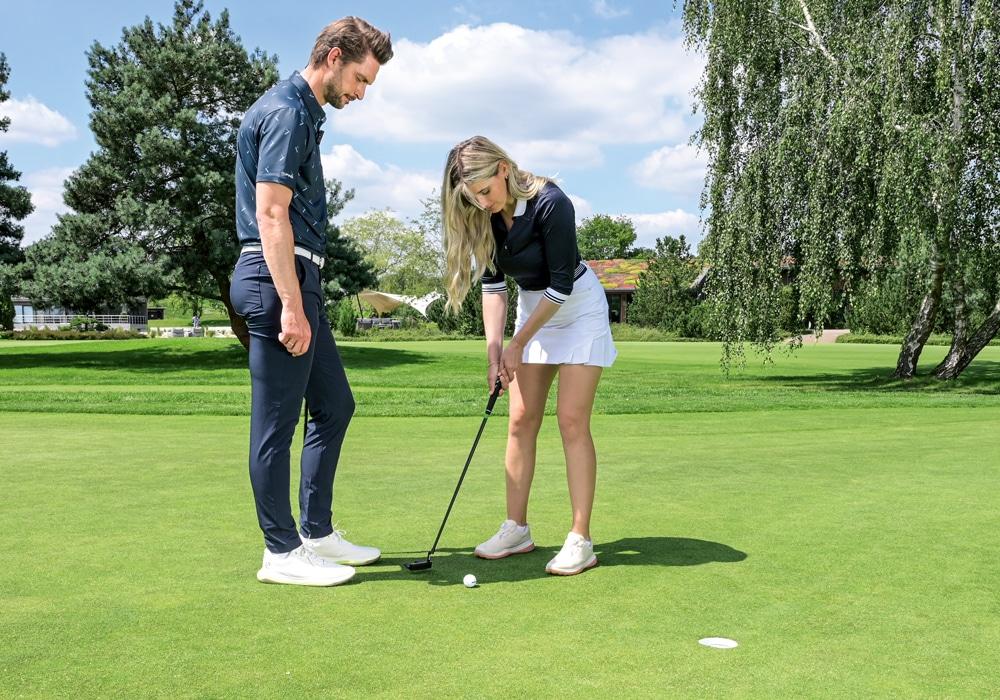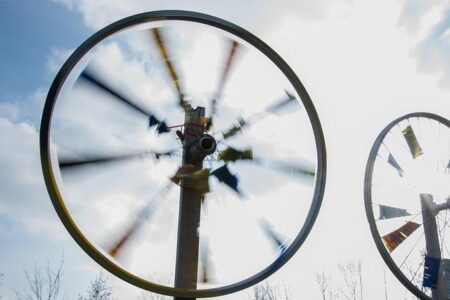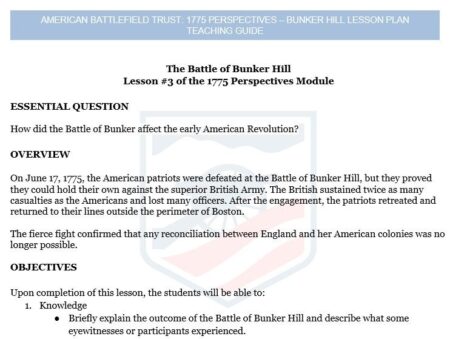Title: Should You Putt or Chip from the Fringe? A Closer Look at a Golfer’s Dilemma
As golfers navigate the challenges of the green, they often confront a critical decision that can significantly impact their score: should they putt or chip from the fringe? While both techniques are fundamental to the game, the choice between them can hinge on various factors, including terrain, grass conditions, and the golfer’s personal skill set. This article delves into the strategic considerations of executing a successful shot from the fringe, drawing insights from seasoned players, professional coaches, and industry experts. With the nuances of putting and chipping firmly in mind, we aim to equip golfers of all levels with the knowledge needed to make informed decisions on the course. As the 2023 golfing season unfolds, the question remains: will you trust your putter or rely on your short-game finesse when faced with this common predicament?
Analyzing the Factors: When to Choose Putt Over Chip from the Fringe
When faced with the decision to either putt or chip from the fringe, several factors come into play that can greatly influence the outcome of your shot. The lie of the ball is paramount; if the ball is sitting comfortably on a tight lie, a putt may be the safer choice, allowing for a clean stroke. Conversely, if the ball is nestled in thicker grass, chipping might yield better results, giving you greater control over the distance and direction. Consider the slope of the green, as well. Flat surfaces generally favor putting, whereas uneven terrain may complicate the putting path, making a chip more viable to navigate breaks and contours effectively.
Another critical factor is the overall distance to the hole. When the pin is just a short distance away, opting for a putt can simplify the shot and minimize complications. For longer approaches, however, using a chip shot can provide a more delicate touch and allow for more nuanced control over the roll and spin of the ball. Additionally, evaluating the greens’ condition is essential; if the surface is bumpy or slow, chipping can create a smoother roll than putting. Players should also trust their own strengths: a confident chipper may feel more comfortable taking a short chipping stroke, while a skilled putter might find more success keeping the flat stick in hand.
Expert Insights: Recommended Techniques for Effective Putt and Chip Strategies
When faced with the crucial decision of whether to putt or chip from the fringe, understanding the nuances of both techniques is essential for optimizing your short game. Putt from the fringe when:
- Your lie is clean and you have a smooth path to the hole.
- The grass is tightly mown and you feel confident in your putting stroke.
- You want to minimize risk and create a consistent stroke akin to a regular putting situation.
Conversely, consider the chip when:
- The ball is sitting in thick grass or on a bounce.
- You need to navigate elevation changes or obstacles such as bunkers or ridges.
- You require more control and feel for the terrain to prevent overshooting the hole.
Experts suggest evaluating the slope, grain, and any variations in the green’s speed before making your choice. To assist golfers in grasping the impact of different approaches, the following table summarizes key characteristics of both techniques:
| Technique | Advantages | Disadvantages |
|---|---|---|
| Putt | Smoother stroke, less risk, true roll | May struggle with thicker grass or uneven surfaces |
| Chip | Control over trajectory, effective for elevation | Higher risk of mishits, requires more skill |
To Wrap It Up
In conclusion, the decision to putt or chip from the fringe is a nuanced one that depends on a variety of factors, including the lie of the ball, the slope of the green, and the golfer’s own skill set. As highlighted by experts and players alike, both techniques have their merits and can lead to successful outcomes if executed correctly. For those looking to refine their short game, understanding the conditions and practicing both methods is essential. Ultimately, whether you decide to putt or chip, being strategic and adaptable on the green will improve your chances of lowering your score. As always, continuous practice and reflection on personal experiences will serve to enhance your decision-making process, ensuring that each stroke counts when it matters most.








